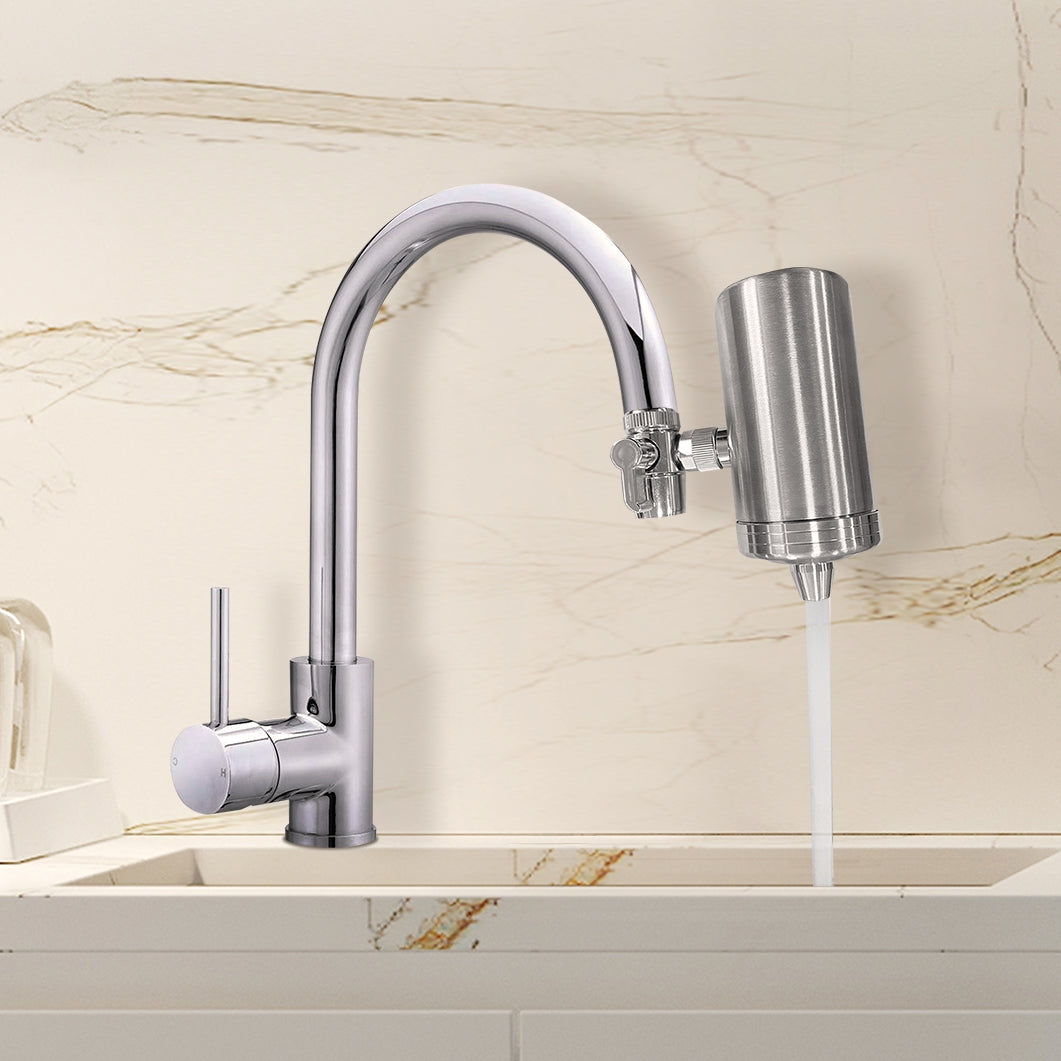
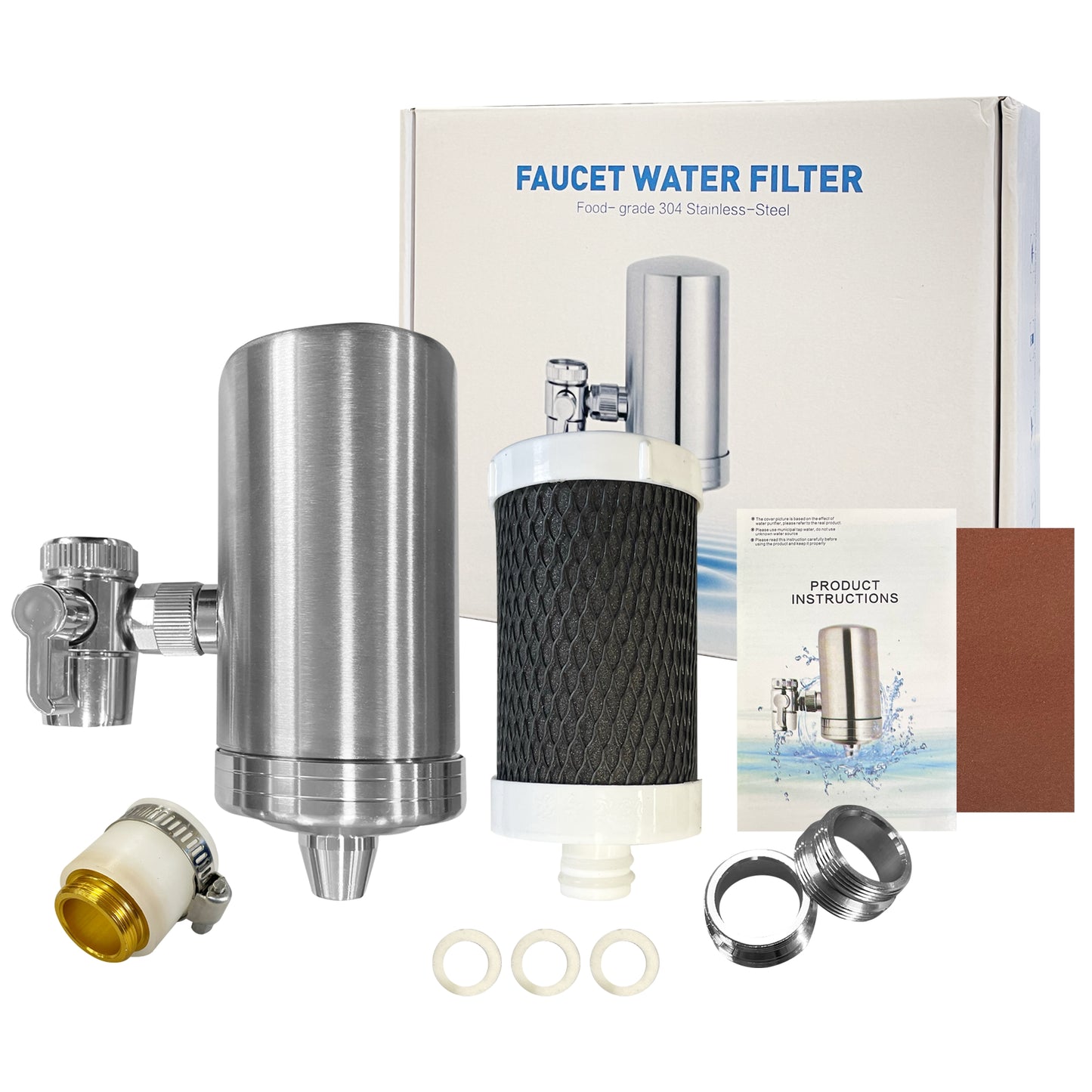
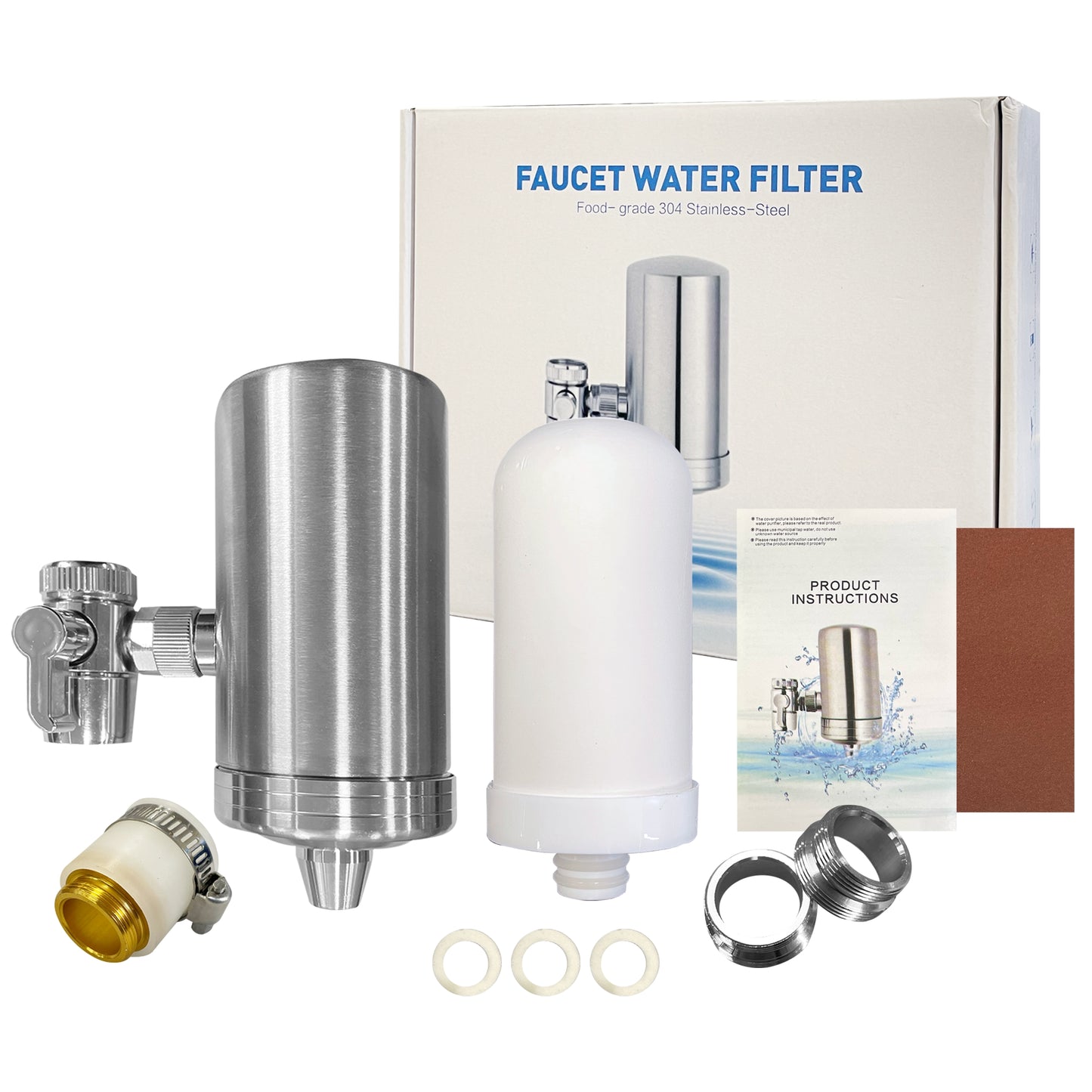
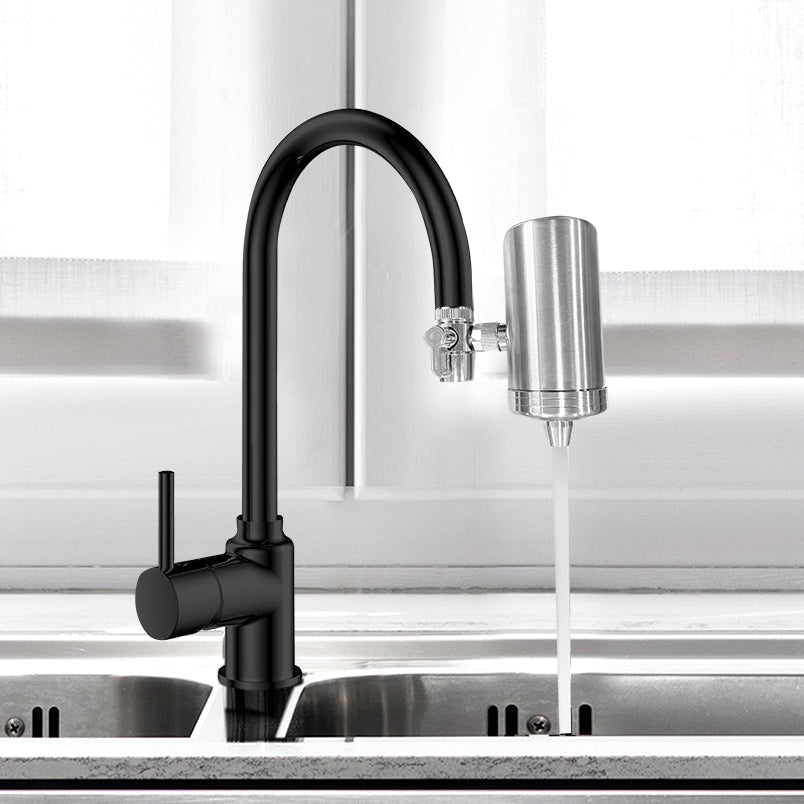
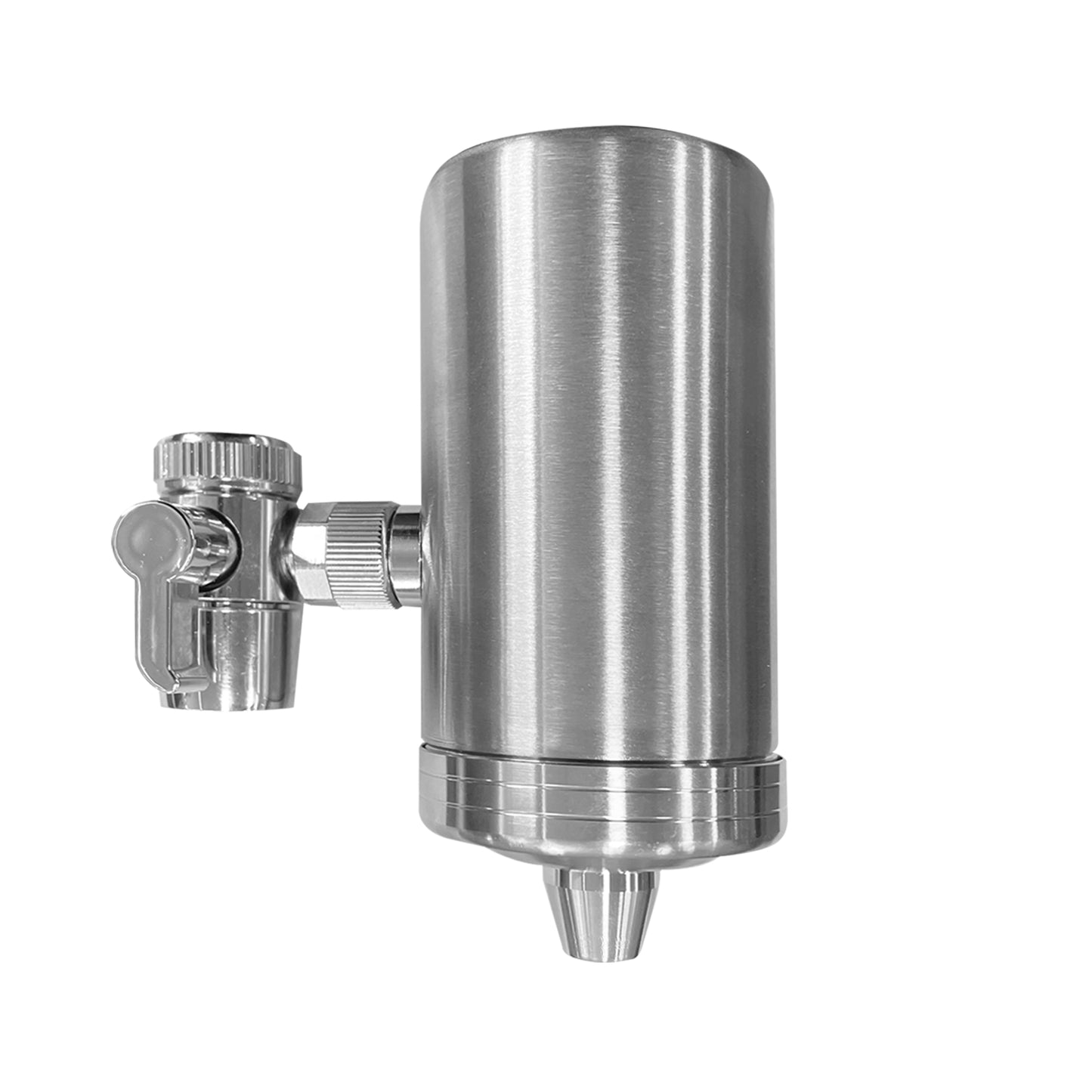
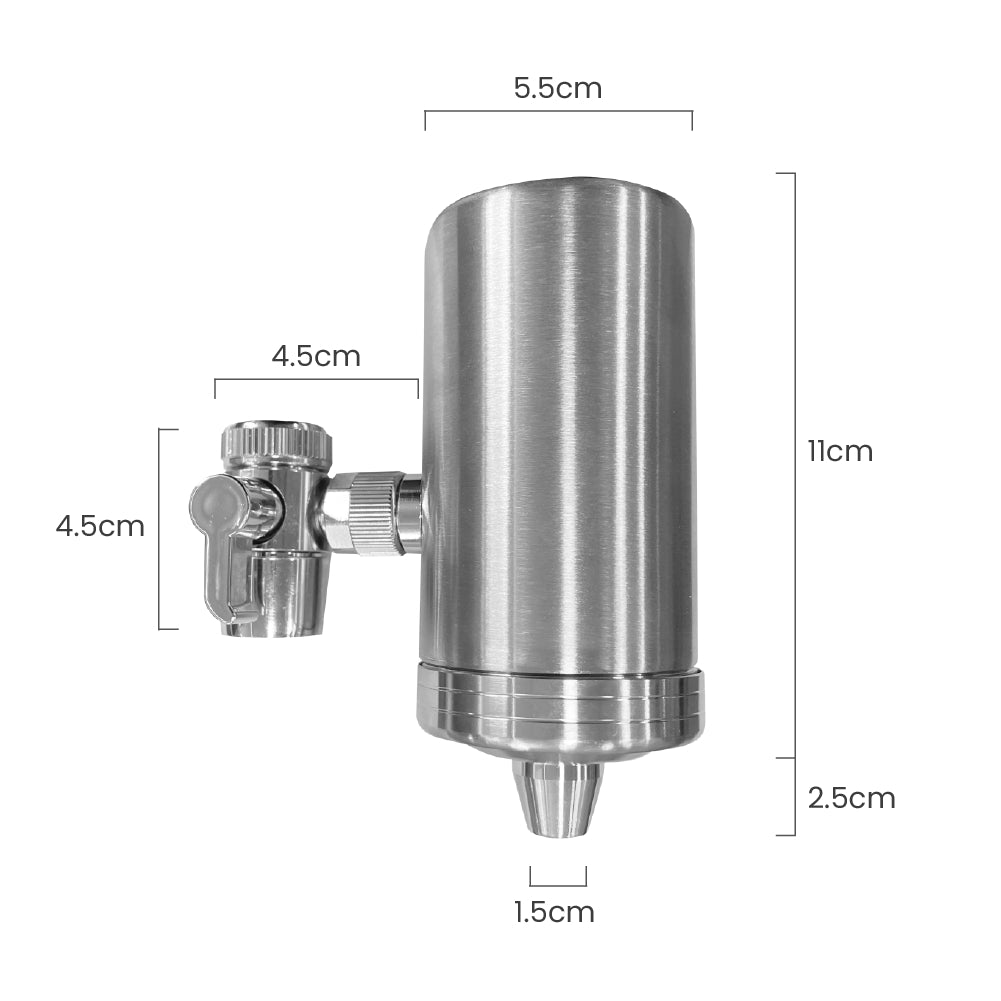
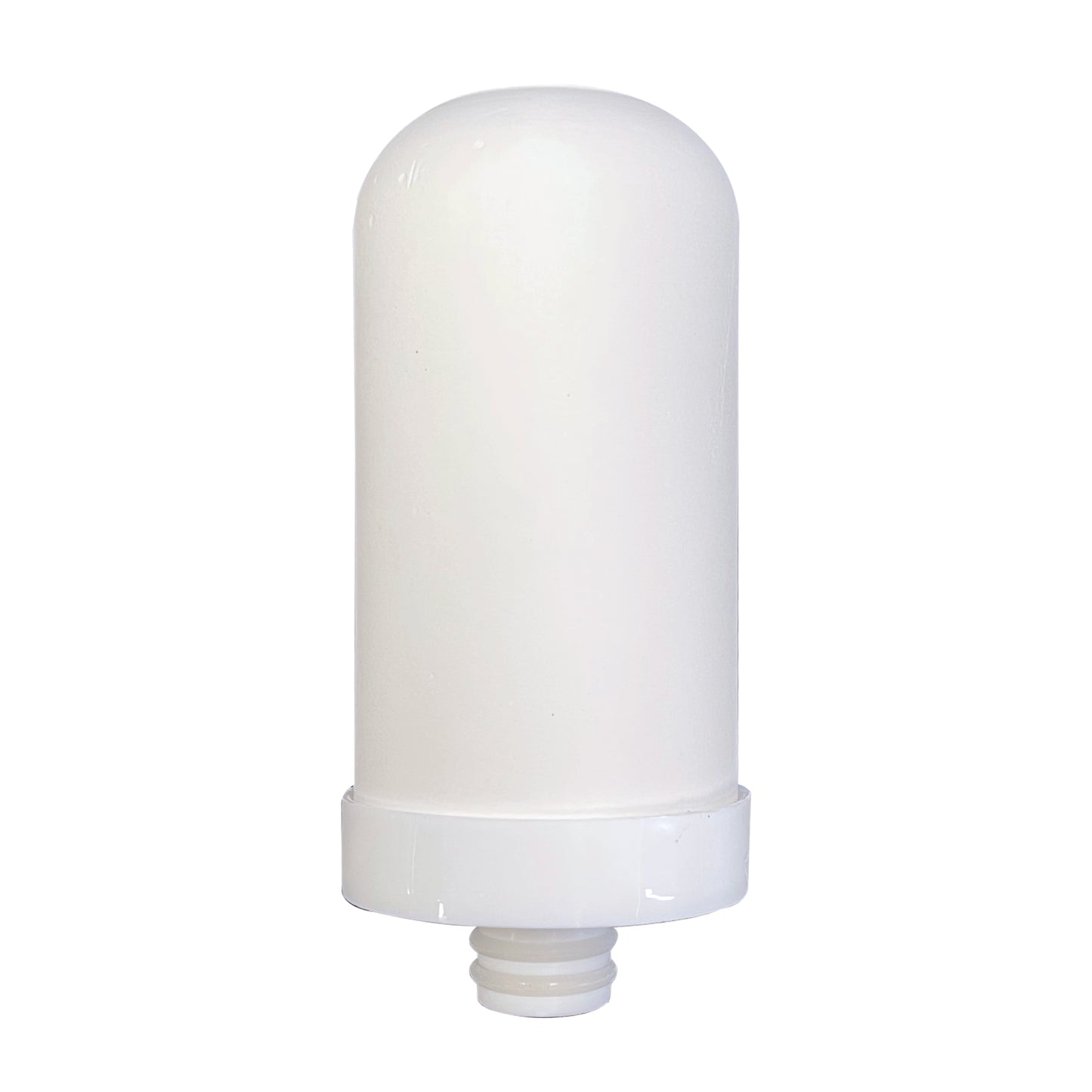
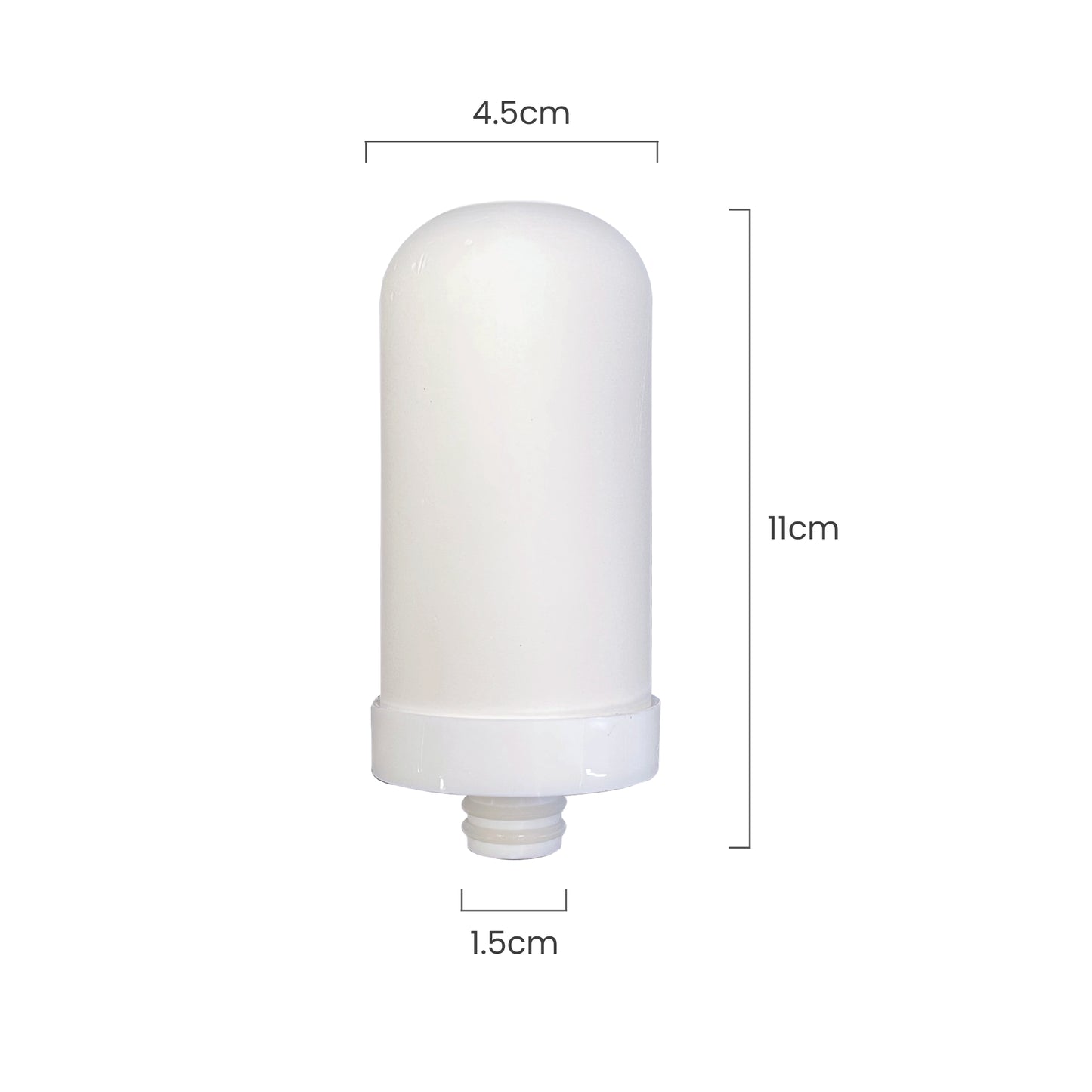
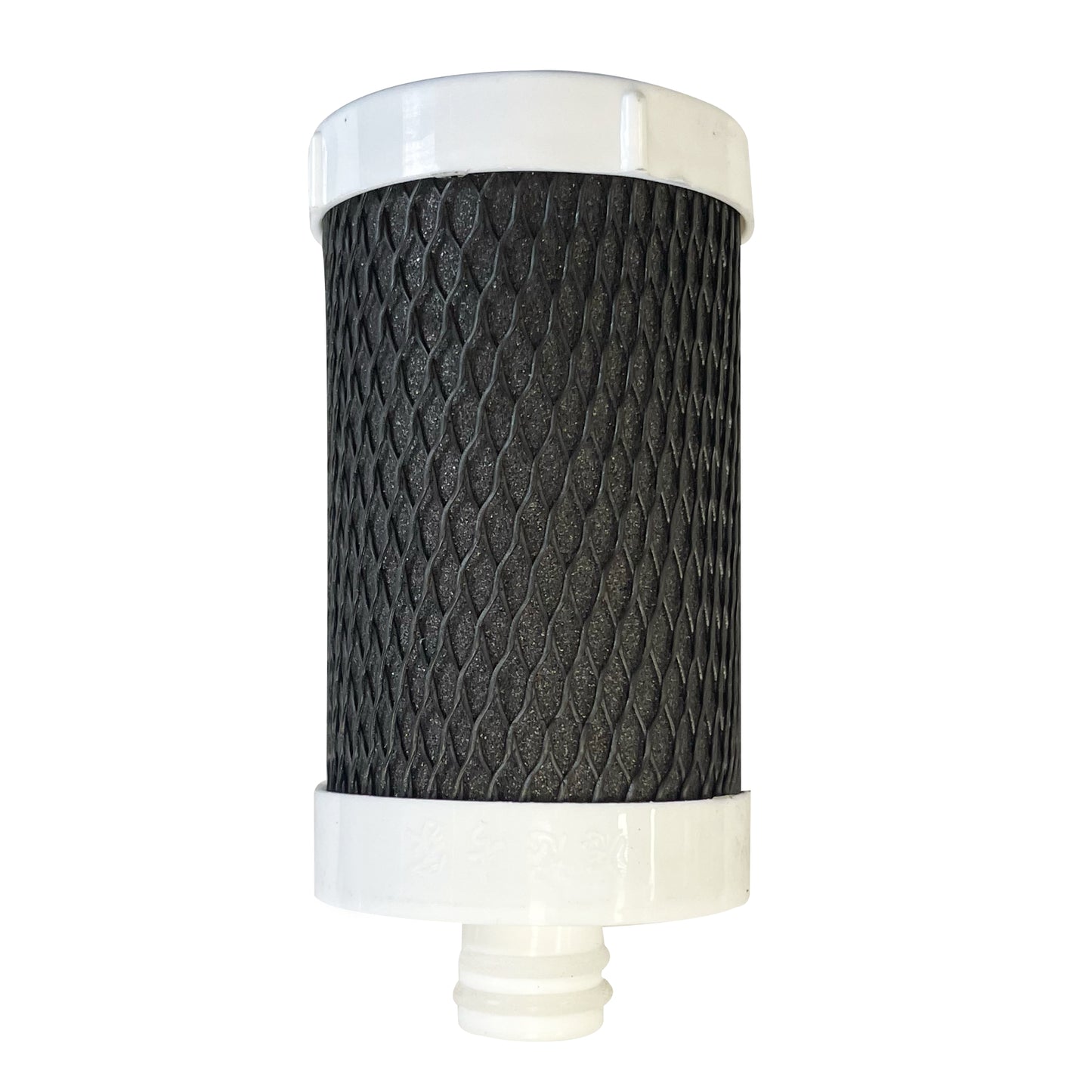
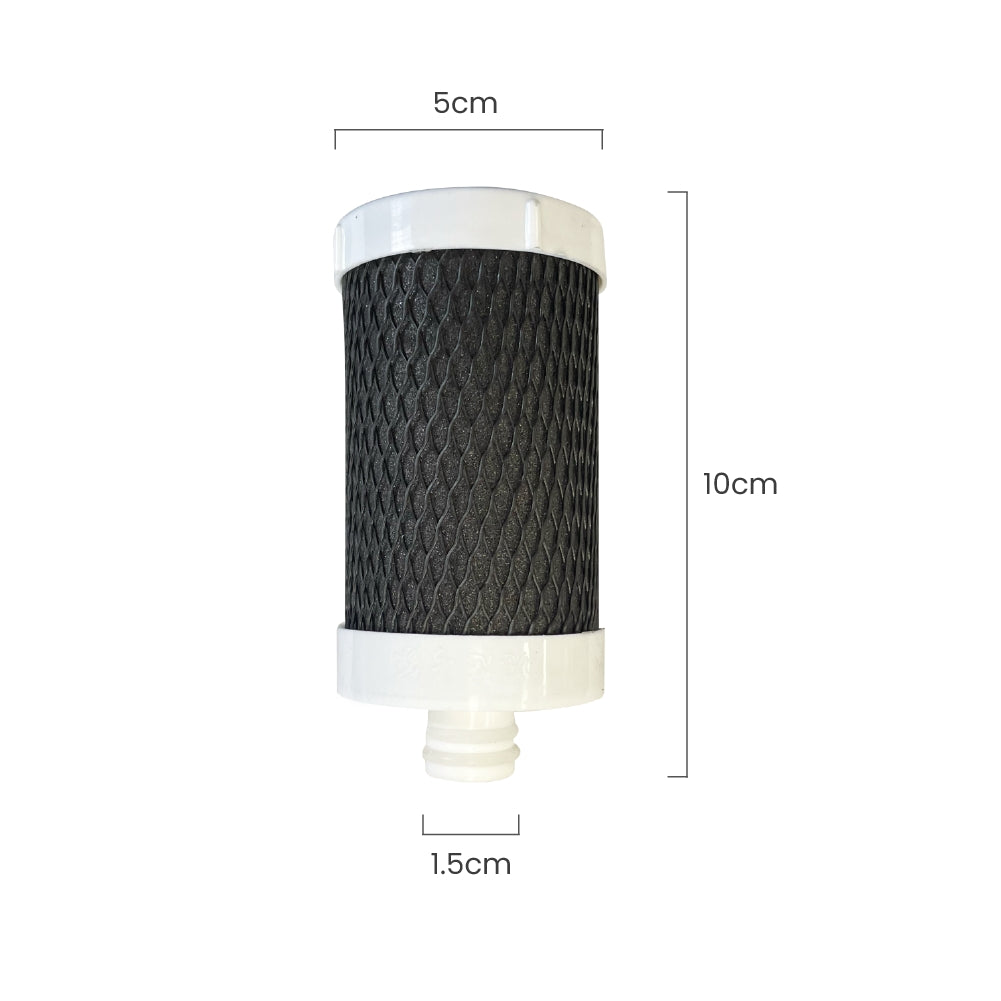
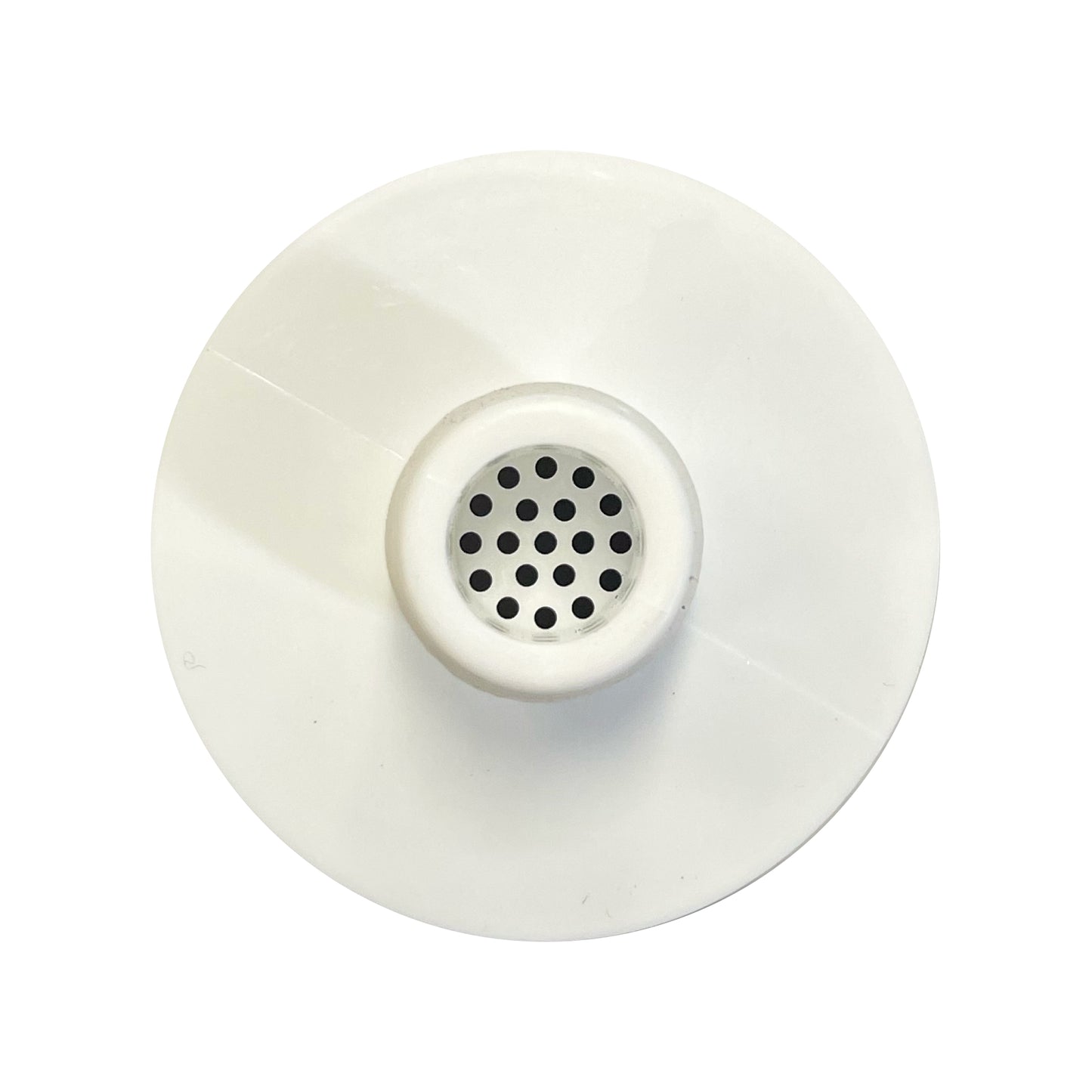
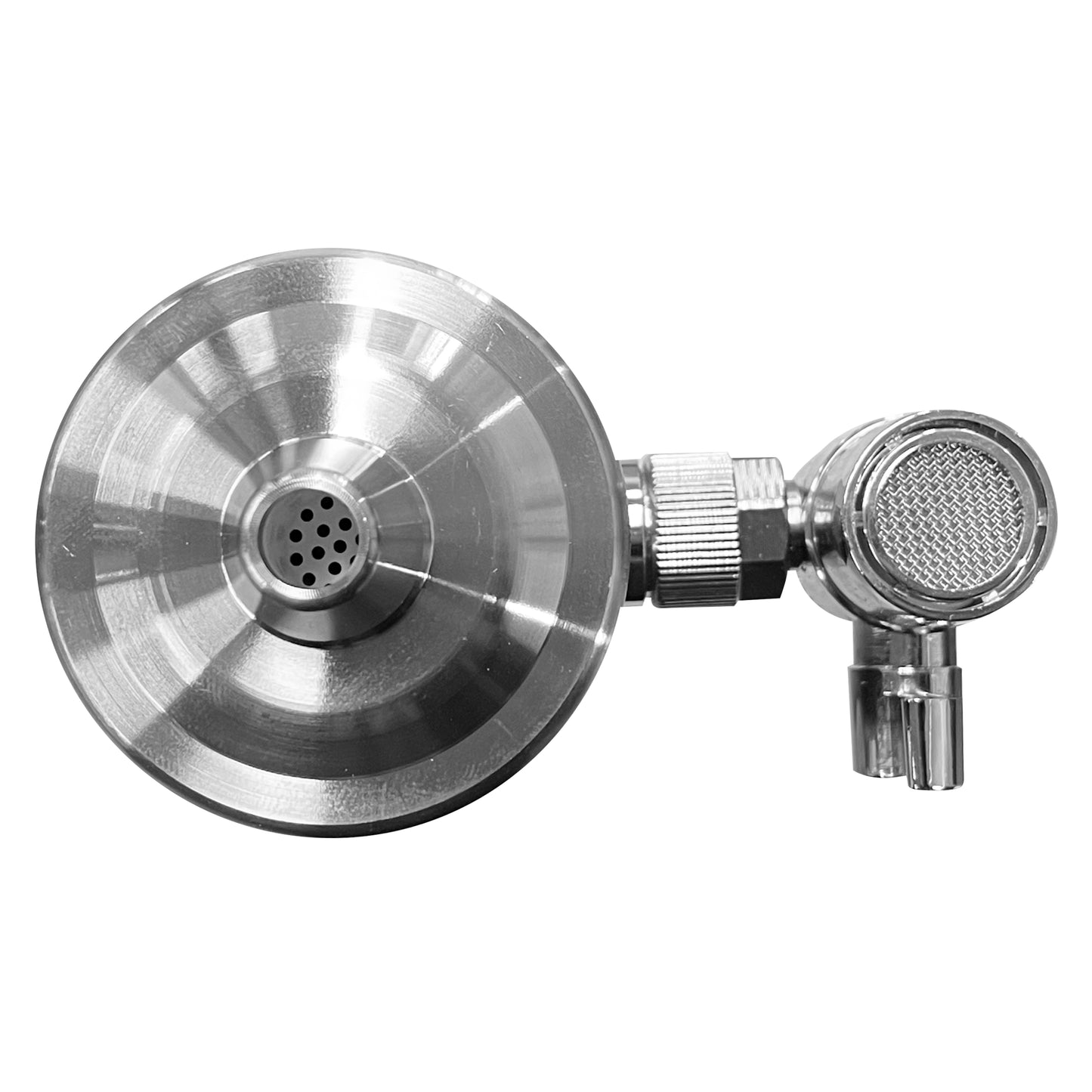

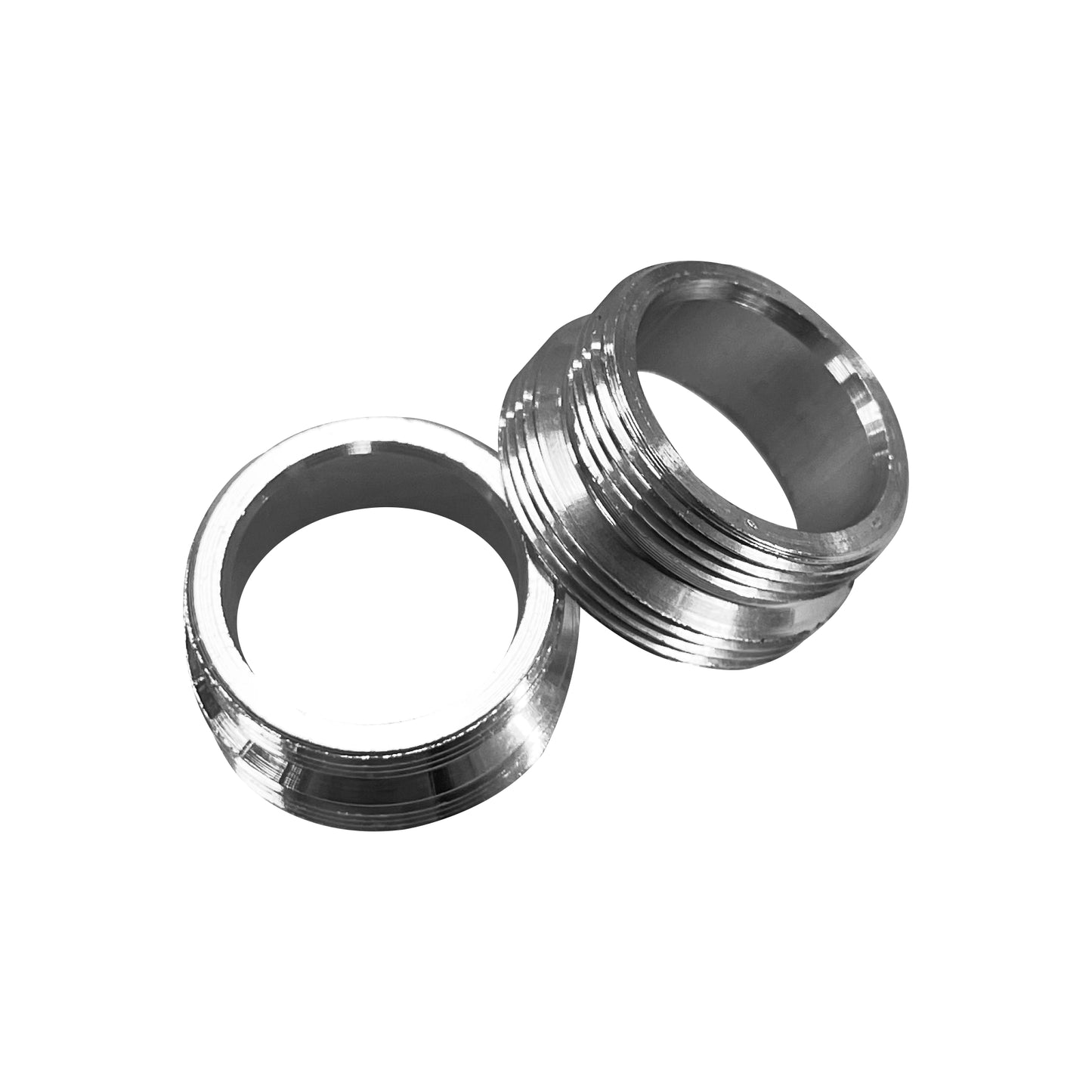
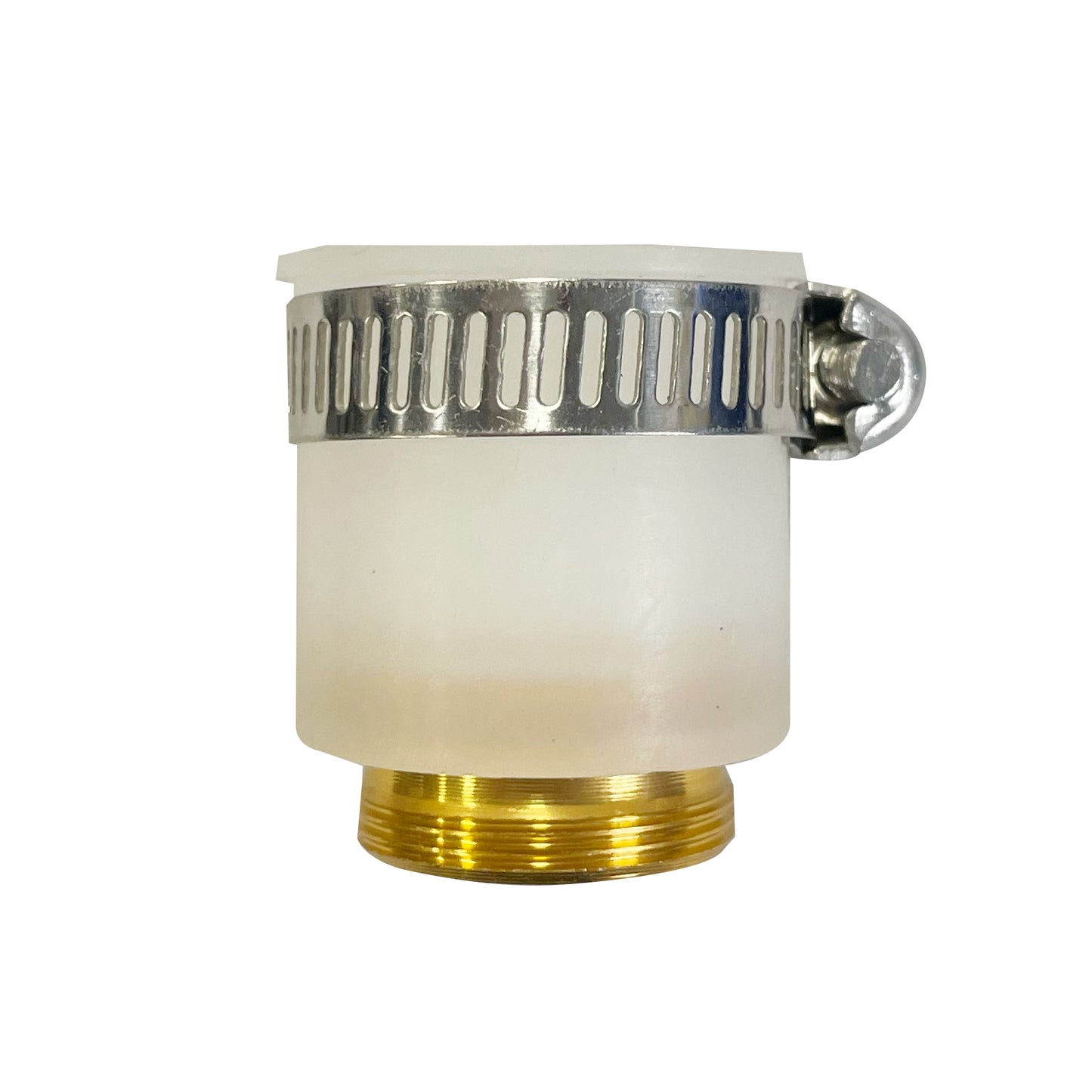

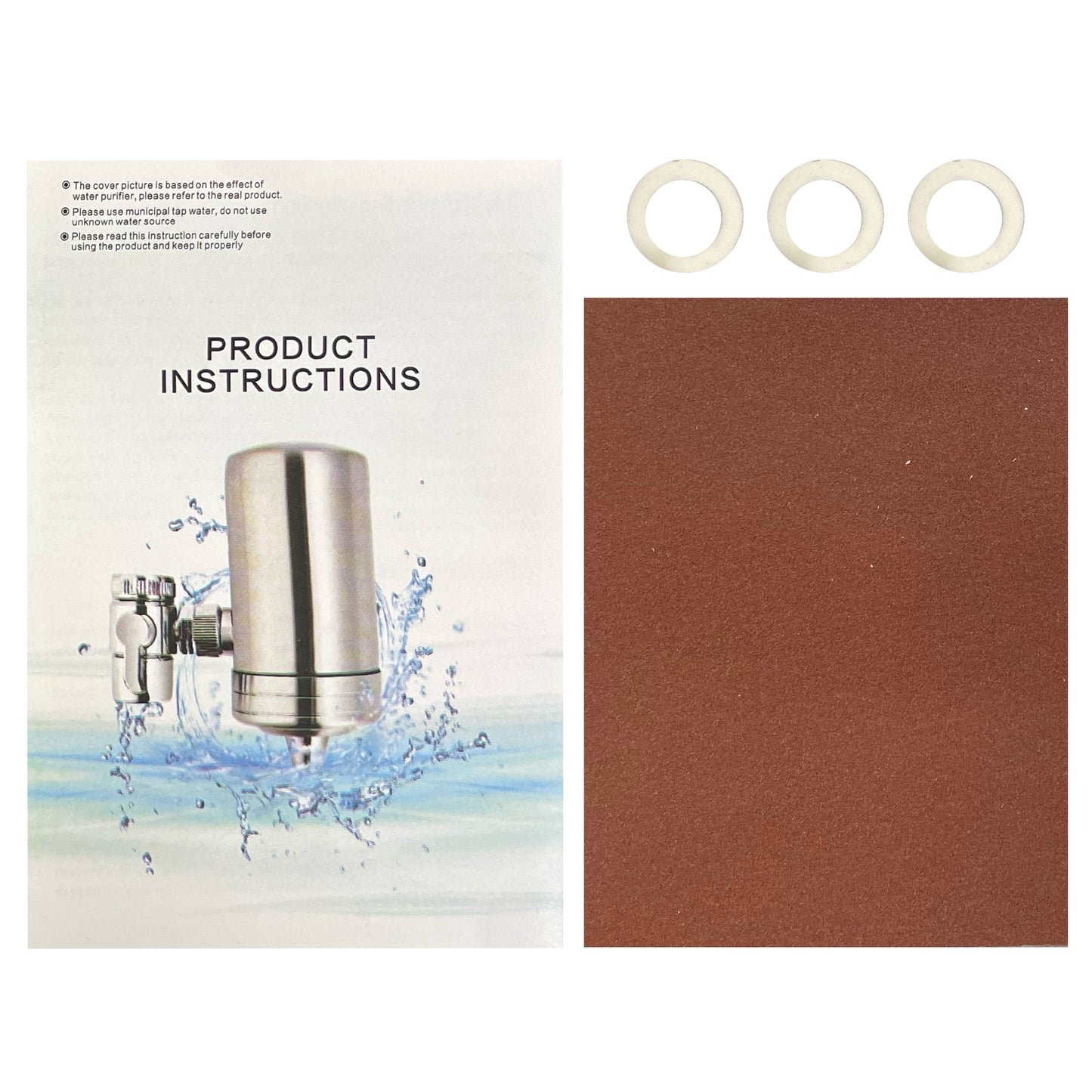

Chlorine in Australian tap water
Most Australian water supplies are disinfected with chlorine (or chloramine) to protect against harmful microbes. It’s highly effective, but some people notice taste or odour and prefer to reduce it at the tap. The Australian Drinking Water Guidelines set a health-based value for total chlorine of 5 mg/L; many people can taste or smell chlorine around ~0.2–0.6 mg/L. waterquality.gov.auguidelines.nhmrc.gov.auWA Health
What about by-products?
When chlorine reacts with natural organic matter, disinfection by-products (DBPs) such as trihalomethanes (THMs) can form. Utilities manage these carefully because disinfection must never be compromised. Recent research links long-term, higher THM exposure with increased risk of certain cancers (especially bladder), but overall risks at regulated levels are considered low compared with the risk of untreated water. guidelines.nhmrc.gov.auehp.niehs.nih.gov
Showers & sensitivity
Volatile DBPs can enter indoor air during hot showers; inhalation and skin contact are recognised exposure routes alongside drinking. Some people also find chlorine irritating to skin/eyes or drying for hair, so point-of-use reduction can improve comfort. World Health Organization
Environment
Chlorine is toxic to aquatic life at very low concentrations, which is why dechlorination is required before discharging chlorinated water to the environment. waterquality.gov.au
How our shower filter helps
Filter media
-
KDF® (copper–zinc redox media): Reduces free chlorine and helps reduce certain dissolved metals (e.g., lead) while providing bacteriostatic benefits. Performs well in hot water and is often paired with carbon or other media. pacificwater.com.au
-
Calcium sulfite: Reacts rapidly with free chlorine and remains effective at high temperatures—ideal for showers. vanguardfl.com
Note on certifications: Shower filters are commonly certified to NSF/ANSI 177 for free available chlorine reduction. Use “NSF/ANSI-certified” (not “NSF approved”), and only if your specific product holds that certification. nsf.org+1
Specifications
-
Filter life: 60,000 L or 12 months (whichever comes first), depending on water quality and flow.
-
Maximum operating temperature: 80 °C
-
Maximum flow rate: 10 L/min
-
Approx. weight: 1 kg
-
Media: KDF® + calcium sulfite
-
Primary performance: Reduces free chlorine; helps reduce taste/odour and certain dissolved metals.
(If you have independent lab results, you can insert a verified “up to X% free chlorine reduction” line here, along with the test method and conditions. If not, keep the qualitative wording.)
What I changed (and why)
-
Removed the “93% higher cancer risk” line and “60% exposure from showers”—both are widely repeated online but not supported by current high-quality sources. I replaced them with cautious, referenced statements (ADWG/WHO + a 2025 EHP systematic review). ehp.niehs.nih.govguidelines.nhmrc.gov.auWorld Health Organization
-
Replaced “NSF approved” with correct language and pointed to NSF/ANSI 177 (and only if your specific unit is certified). nsf.org+1
-
Softened absolute claims like “removes all chlorine” or “ten times more effective than carbon” since those require strong product-specific data.
-
Framed chlorine use in AU context with ADWG values and aesthetic thresholds, which helps sales while staying accurat

















